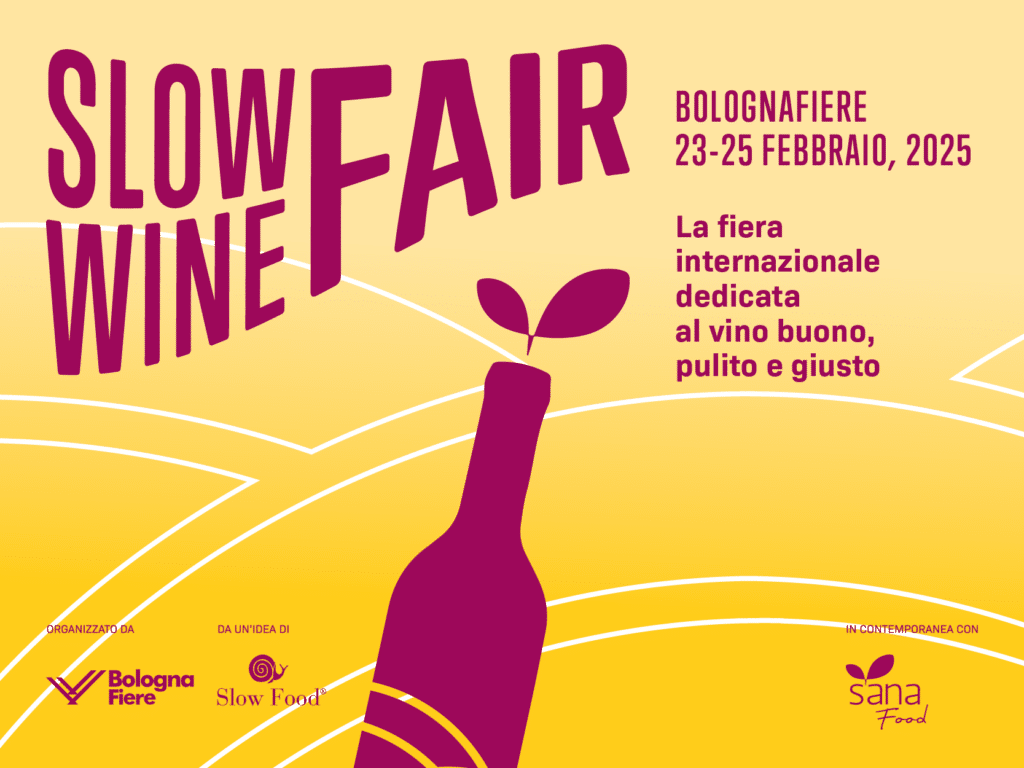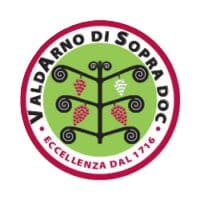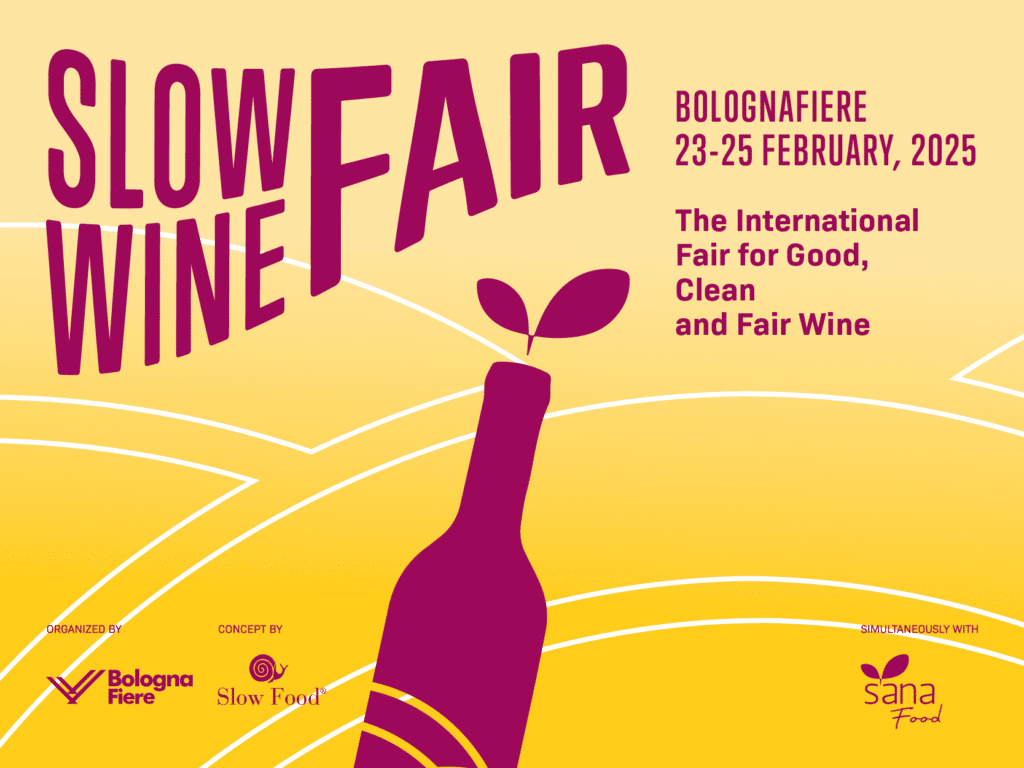Home » Archivio Post » SUSTAINABLE NATURAL AGRICULTURAL METHOD Part 12
SUSTAINABLE NATURAL AGRICULTURAL METHOD Part 12
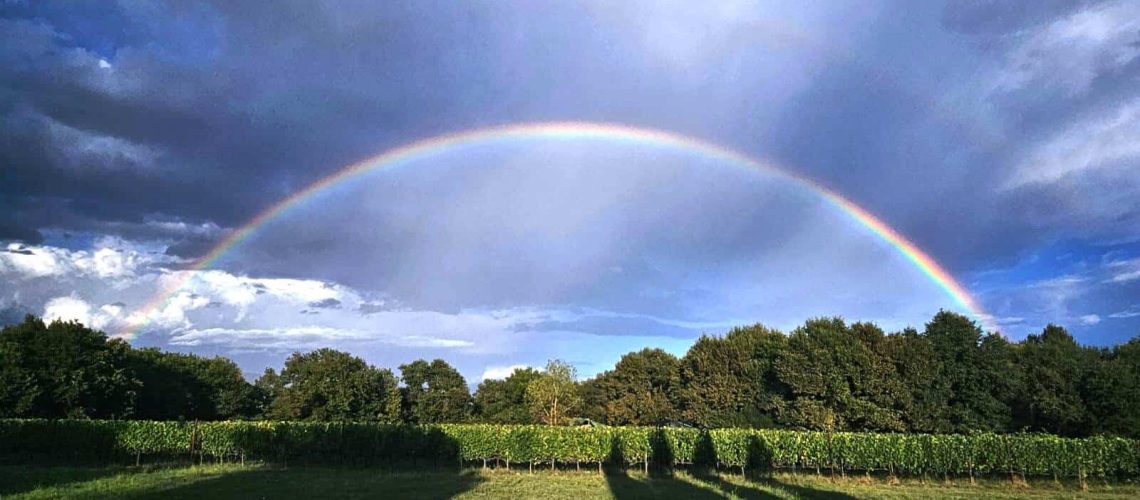
Conclusion.
We have reached the conclusion. Two important reflections emerge at this point.
First reflection. The first reflection concerns the number of principles: why eight and not ten, fifteen, or perhaps less than eight? I chose the number eight for several reasons, but certainly the most important are two.
The first is that it seemed to me a balanced and suitable number to describe the MANS method. Adding other principles could have made it dispersive.
The second reason lies in the symbolic properties of the number 8, which are closely linked to concepts such as balance, harmony, infinity, renewal and synergy, which are also the guiding principles of the method. The Pythagoreans regarded the number 8 as a symbol of perfection and completeness. In Egyptian civilisation, eight was linked to creation: the ‘Ogdoad’ of Hermopolis represented eight primordial deities, organised in male and female pairs, who embodied the fundamental forces of creation. Also in Chinese culture, the number 8 was considered a symbol of prosperity and good fortune. Finally, I recall that the octagon, a geometric shape closely related to the number 8, is often used in sacred architecture, such as in Christian baptisteries and temples, to represent the bridge between earth (square) and sky (circle).
If we wanted to go deeper, we could discover even more symbolic aspects linked to the number 8. However, let us stop here, because the connection between earth and sky remains the central concept. This theme is at the heart of many agricultural philosophies, such as biodynamics, where the earth is seen as a living organism in continuous dialogue with celestial forces. It is no coincidence that preparations 500 and 501 of the biodynamic method serve precisely to enhance this connection.
Second reflection. The second aspect to highlight, as you will have noticed, is that whenever one principle is mentioned, it is inevitable to recall all the others, without which that principle could not exist. This is quite normal and consequent to the fact, repeatedly stated, that in nature everything is interconnected, everything is closely related.
We think about cycles, symbiosis (the cooperation between species), ecological networks. For me, it is already a wonder to simply observe the seasonal cycle of annual grasses. With the arrival of spring, the soil needs to be regenerated, purified and vitalised, and dandelion, nettle, shepherd’s purse, cress appear. Then comes summer: the herbs bloom, refresh and aromatise the environment, attracting pollinators: this is the time for camomile, mint, lemon balm and many other medicinal herbs. In late summer, however, the soil hardens and becomes very hot. Most annual plants die, feeding the next cycle. Then extremely leathery, deep-rooted herbs emerge, often aromatic and rich in essential oils: this is the time for the beautiful blue and purple flowers of wild chicory, wild fennel, plantain and wild carrot.
The herb cycle is a perfect example of balance and interconnection. If we observe carefully, wild herbs follow the rhythm of nature: in spring they purify and regenerate the soil; in early summer they reach their peak, attracting pollinators and spreading fragrances; in late summer they ripen their seeds and close the cycle, preparing the earth for winter rest.
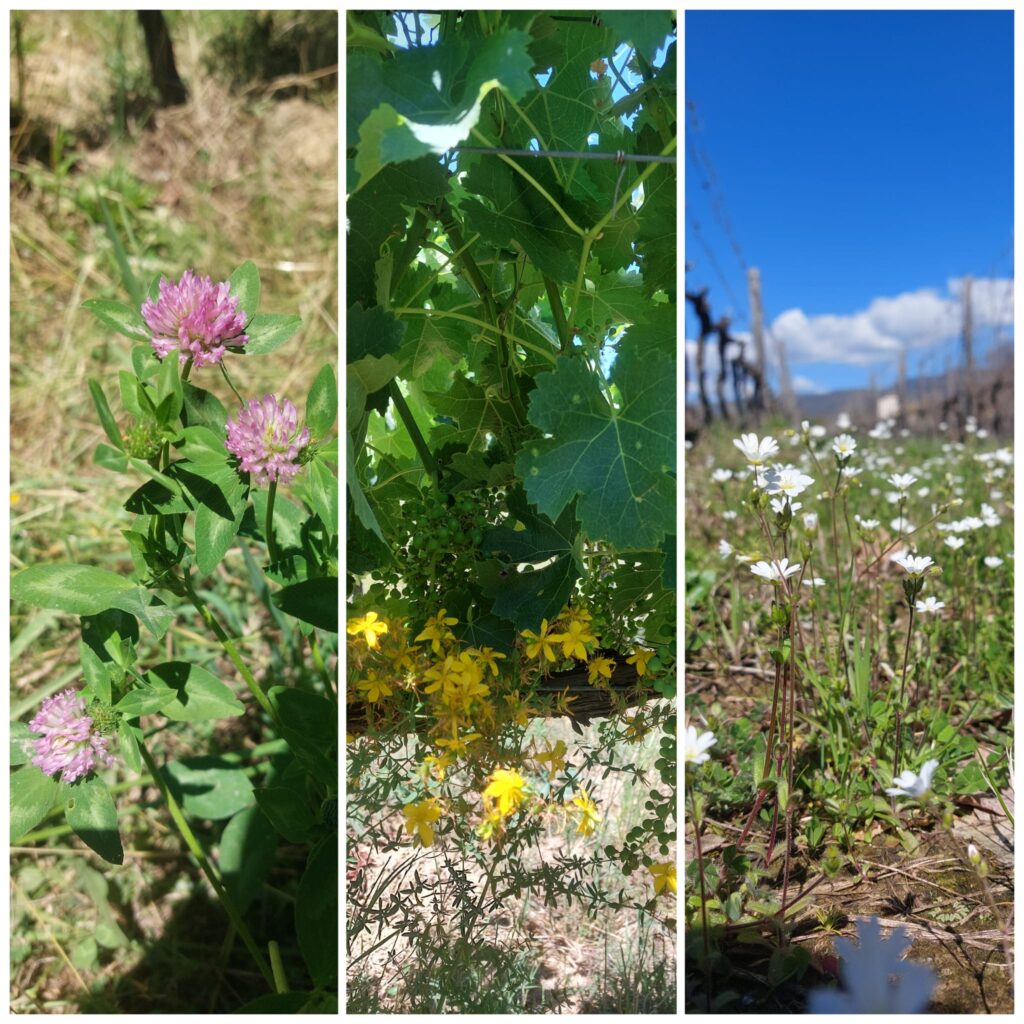
Nothing could be simpler and yet complex. Nature is like that: complex to be simple and simple to be complex. Its apparent simplicity conceals an intricate system of interconnections that works with such grace and efficiency that it seems almost obvious. This paradox is an invitation to look beyond appearances and understand that simplicity and complexity are not opposites, but two sides of the same coin.
It is a eulogy to the beauty of the systems, ideas and experiences that surround us, that urge us to find the essential in the process, in the ‘journey of discovery’. Instead of being overwhelmed by complexity, we can look for that ‘common thread’ that gives meaning to the whole system. We need to go beyond appearances, both when we face complexity that seems chaotic and when we come across simplicity that seems trivial. This invites us to develop a deeper attention, capable of grasping fundamental truths and the wonder hidden in everything. It is a praise for curiosity, contemplation and discover.
That is why the MANS method places so much emphasis on observation.
In agriculture, observation is the key to understanding and working in harmony with the rhythms and needs of nature. This ability, which requires attention, training, sensitivity and patience, transforms the farmer from a simple operator into a true custodian of the land.
We must observe:
- To understand the environment: the soil, the seasons, the plants.
- To check for harmony with nature: natural cycles, insects, wild herbs.
- To identify problems to be solved: pests, imbalances in the soil and plants.
- To value biodiversity: local flora and fauna, associations.
- Out of respect and gratitude for the wonder that nature continually offers us.
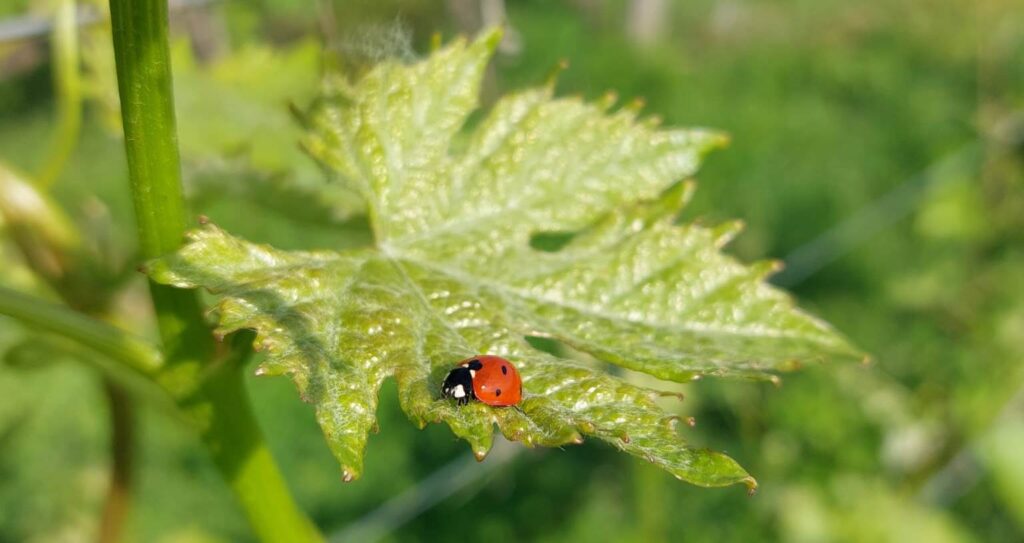
An invitation to change perspective.
And here we come to the conclusion of the MANS method, which is not limited to rules and techniques, but is also an invitation to change perspective.
We must dwell on the contrast between the aesthetic and harmonious language of nature and the rational and cultural language of man. Nature expresses itself through phenomena, images and beauty, using a universal language that conveys balance and cyclicity. Every natural event, like a seed that retreats into the earth to gather energy before emerging towards the sun, is part of this universal melody.
Man, on the other hand, has created his own idiom made up of words, morals and values, which is often in dissonance with the natural language. Human morality, while inspired by the ethics of nature, tends to translate it into conflicts, ideologies and judgements of good and evil. The shadow, which in nature is a place of regeneration and wisdom, becomes for man a symbol of negativity and discomfort.
The oak tree, which unites earth and sky, reminds us how important it is to remain rooted without forgetting our origins. However, modern man tends to ignore this connection, seeking to control nature instead of collaborating with it.
Applying a natural and sustainable agricultural method is possible, but first of all I invite you to ‘understand the language of beauty’. This means abandoning the desire to dominate nature and learning to listen to it and harmonise with it. It is a path that requires humility, sensitivity and attention, qualities that are often neglected in the frenzy of contemporary life.
As the parable of the man who finds success only when he stops looking for it suggests, true fulfilment comes when we embrace the natural rhythms and welcome life’s small gestures with simplicity.
A big greeting to all,
Giovanni Batacchi
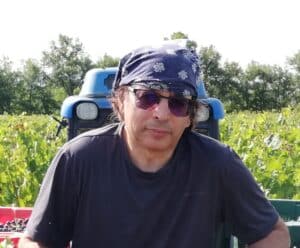
Giovanni Batacchi
VIiticoltore e Winemaker


